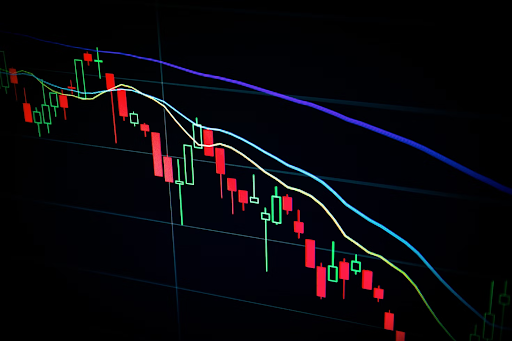
Crypto derivatives, similar to most other derivatives, is essentially a contract that two parties enter into to either buy or sell an underlying asset at a predetermined time and price. The contracts derive their value from the variations in the spot price of the underlying asset, along with the time to expiration of the contract, volatility levels of the primary asset, followed by the strike price.
An underlying asset can include any of the primary cryptocurrencies, including Bitcoin, Ethereum, Dogecoin, and the thousands of other altcoins. Given the possibility of outsized gains and losses with derivatives, they are often used for hedging against uncertainties, apart from mere speculative purposes, and are often considered to be instrumental in adding depth to the markets, and facilitating trade.
Understanding Cryptocurrency Derivatives
Derivative contracts come in different shapes and sizes, with varying payoffs and terminologies that impact trade outcomes. Here is a brief overview of main trading instruments, and their core workings,
- Futures – This is essentially a contract to buy or sell an asset at a predetermined price, and on a specific date. The entire transaction can take place without either party owning the underlying asset, or being known to one another.
Unlike in the spot market, where investors stand to earn only when the price of assets increase, when it comes to futures, investors can turn a profit even if prices drop, by going short.
Futures contracts come with varying timelines such as weekly, bi-weekly, monthly, or even quarterly, and depending on the spot price at the time of expiry, traders can settle the contract for either a profit, or a loss. - Options – These contracts are a little more sophisticated, in that there are two types, call options, and put options.
A call option gives the buyer the right, but not the obligation to purchase the underlying asset within the specific time period, whereas, a put option gives the buyer the right, but not the obligation to sell within the same time period.
Here again, expiries vary, from weekly to bi-weekly, monthly, and even yearly options. Buyers of options contracts pay a premium for this right, and the sellers, or ‘writers’ of the contracts can pocket this premium, in return for assuming the risks of the trade going against them. - Perpetual Swaps – Unlike futures, or options contracts, perpetual contracts don’t have an expiry or settlement date.
While traders can hold onto these positions for as long as they want, there are certain conditions, such as maintaining the minimum amount of margin in the underlying cryptocurrency within their accounts.
Depending on whether the positions are in a profit or loss, traders will either receive, or pay certain period amounts, also referred to as the funding rates.
How To Get Started With Crypto Derivatives?
Getting started with crypto derivatives is pretty simple, with most exchanges offering a wide variety of contracts for different coins and assets.
- Sign Up To A Derivatives Exchange – There are quite a few of them, with Binance, FTX, and Bitmart being the most popular ones.
As exchanges go all-out to scout new traders, most of them offer extensive deals, coupons, and offers. WIth a bit of research on sites such as CryptocurrencyCodes.com, you can get off to a great start. - Deposit Funds – Transferring funds to a crypto exchange is not yet as straightforward, however, if you already have a Binance wallet, things should be quite simple.
- Start Trading – Most exchanges have a separate section dedicated to derivatives, and once you have funds in your account, you can go ahead and start trading futures, and options contracts right away.
Final Words
It goes without saying that derivatives trading is not for the faint of heart, and the stories of accounts blowing-up, that are dime a dozen in crypto markets, are further aggravated when trading futures and options.
In this article, we’ve covered the core essence of derivatives for crypto contracts, but finding the assets to trade, developing strategies, and executing to perfection is often a different story altogether.
Interesting Related Article: “Cryptocurrency – Where Will It Be in the Next 5 Years?“

